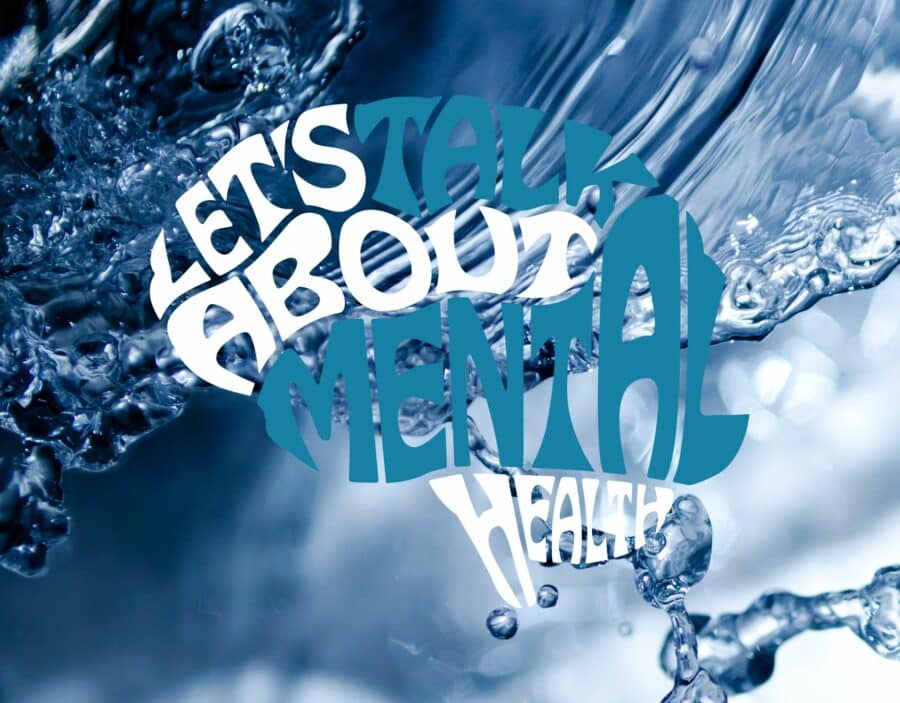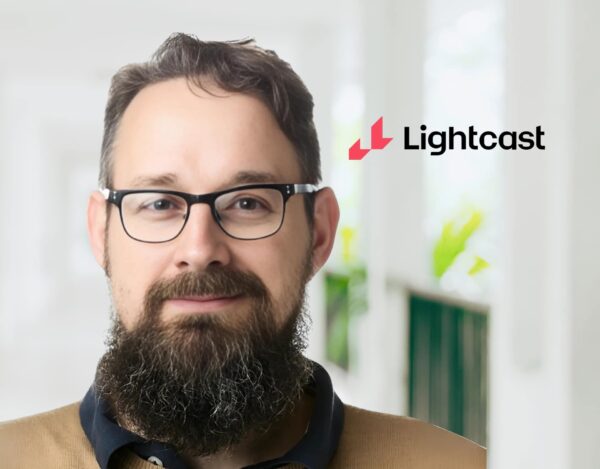
We spend a significant percentage of our life at work. Many factors affect our confidence and identity at work, our capacity to work productively, and the ease with which we retain or gain employment. Yet, our mental health and overall well-being are among the most impactful. According to World Health Organisation (WHO), twelve billion working days are lost every year to depression and anxiety alone, so no wonder the topic of employee mental health continues to top many corporate agendas.
Employers are responsible for ensuring a safe and healthy work environment for their employees, including their mental health and well-being. While traditionally, Human Resource professionals have led with this responsibility; there is a growing trend spearheaded by changing regulatory requirements, emerging technologies, and a greater emphasis on sustainability and corporate social responsibility where safety professionals are encouraged and counted on to play a role in promoting physical and psychological safety in the workplace.
Perhaps the most successful companies adopt a multifaceted approach that values the contributions of many stakeholders, including Human Resources (HR) and Health Safety and Environment (HSE) departments. Ideally, this includes promoting a culture of shared responsibility for psychological safety, stress management, and accident prevention. All departments work together toward zero accidents, creating a supportive and healthy work environment that benefits employees and the organization.
Throughout May, we spotlight Health & Safety executives to highlight the great work organizations do to support their employees’ mental health and well-being.
Adam Nuzie, Group Chief Commercial Officer and Managing Director Americas at Pacific International, introduced me to Dr. Jay Harf, Vice President of Global Environment, Health, Safety, and Sustainability at Xylem, to talk about his life-long career in the field, the challenges many companies are facing in supporting employee wellness and words of advice to other employers who want to address mental health issues at work.
Margaret Jaouadi: Thank you very much for joining me today. Please start by telling us about your professional journey so far and why health and safety.
Dr. Jay Harf: During my college internship, I was drawn to health and safety. My passion lies in working with people, protecting people, and bringing enrichment to their work. My first job out of college was as an outsourced safety auditor with VF Corporation, where I traveled globally to conduct safety, health, and environmental audits at 130 manufacturing locations. I was fortunate to interact with people frequently, and this experience fueled my passion for health and safety even more. Since then, I have worked at Johnson Controls, Marsh McLennan, L’Oréal, and currently at Xylem. 27 years later, I still love what I do and want to retire doing it! Also, as a little-known fact, my birthday on April 28 coincides with Workers’ Memorial Day. This day commemorates the lives that have been given in the pursuit of modern comfort and convenience and stands for the worldwide efforts to create safety in the workplace, which has further convinced me that I was born to be in this field. Overall, I am grateful for the opportunities I have had and the impact I have made in the health and safety field.
MJ: Tell me about how Xylem is approaching and supporting employee well-being and how this has changed over the years.
JH: The COVID-19 pandemic exposed us to a world of intense stress that hasn’t stopped. Pressure has accelerated since the pandemic. Between the climate crisis and the unstable geopolitical landscape in many countries, the list of stressors grows daily, putting more pressure on people. They worry about themselves, their families, and their future. Employees need a work environment that cares for them. We have been working to support our employees’ well-being and mental health. From a safety support perspective, the teams have contributed to our internal safety communications pages with Mindful Monday Tips and Well-being Wednesday Tips. Most meetings start with a safety tip and a diversity and inclusion tip at Xylem, so we often add a well-being tip.
MJ: The pandemic highlighted how fragile our lives are and made many employees realize they need purpose in their work.
JH: Exactly, take me as an example. The COVID pandemic was a wake-up call about the fragility of life and the importance of living with purpose and values. I realized that I wanted to do something very aligned with my purpose. That’s why I made the difficult decision to change positions. The reason for my change was finding a purpose that truly resonated with me. That purpose turned out to be water.
Protecting the people who try to solve water has been incredibly fulfilling for me. Water is safety, and safety is water. This combination has given me a clear sense of purpose and direction. That’s why I am proud to be a part of Xylem, a company committed to solving water challenges and protecting people’s safety at work and in their personal lives. As a safety and sustainability professional, I’ve found that the responsibilities and expectations have shifted to include a focus on psychological safety, care, and well-being. We use a multi-disciplinary approach involving human resources, senior leadership, and action plans that integrate well-being into our safety program. And while the job is far from done, we have a continuous improvement culture dedicated to enhancing our employees’ experiences and, ultimately, the success of our business.
Theodore Roosevelt once said, “People don’t care how much you know until they know how much you care.” It’s not just about filling a checkbox but genuinely caring for our people, leading to higher engagement overall.
MJ: What are the biggest challenges you’ve encountered in addressing mental health issues in your organization, and how did you overcome them?
JH: Our biggest challenge is to improve day by day continuously. The keys to success are direct one-to-one communication with employees and cross-functional communication with HR teams who implement essential programs such as health, fitness, employee assistance, and stress management programs. It’s a complex issue, and the solution involves intense hard work and communication. To succeed, you must apply a multi-disciplinary, transversal approach at scale.
We have a social network for employees where we communicate health and safety tips. Before meetings, we often discuss safety and well-being tips. However, it’s essential to constantly reinforce and engage with these messages, as the world is changing rapidly, and it’s easy to forget important information. The key is to create a culture that values and prioritizes mental health—in other words, providing resources and support, promoting open communication, and reducing stigma around mental health issues. It’s essential to have leadership buy-in and commitment to this approach and involve employees through feedback and employee resource groups. Another essential aspect is regularly evaluating and adjusting your mental health initiatives based on feedback and effectiveness. Ultimately, it’s about creating an environment where employees feel supported and valued, and mental health is as important as physical health.
MJ: I couldn’t agree more, thank you Jay for your insights. It is a perfect statement to close our interview.
For a confidential chat about how Pacific International can assist you with your Talent Acquisitions challenges, please contact Adam Nuzie or one of our Executive Search Consultants specializing in your sector.
Recent posts

(Part 2) The Winning Talent Strategy for 2025 and Beyond: Harnessing Talent Intelligence for Leadership, Succession, and the Future – Interview with Toby Culshaw
PART 2 Part Two of Margaret Jaouadi’s conversation with Toby...

(Part 1) The Winning Talent Strategy for 2025 and Beyond: Connecting the Dots with Data-driven Talent Intelligence – Interview with Toby Culshaw
PART 1 Toby Culshaw, Vice President Strategy – Talent Intelligence...
